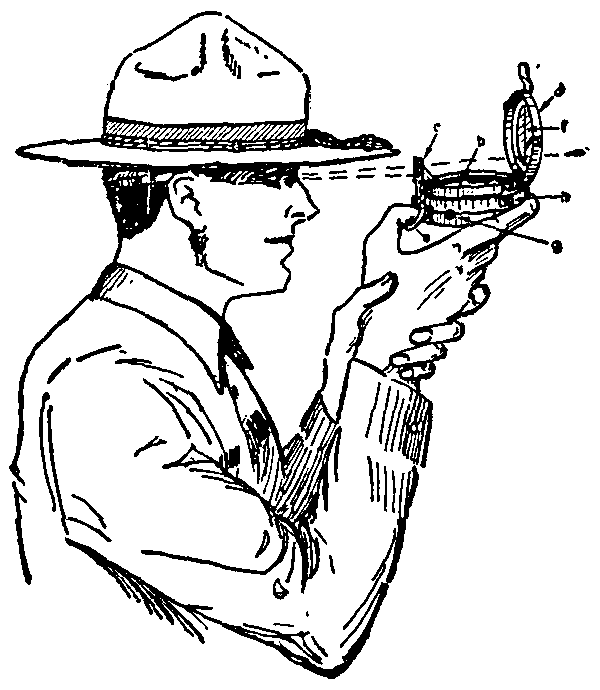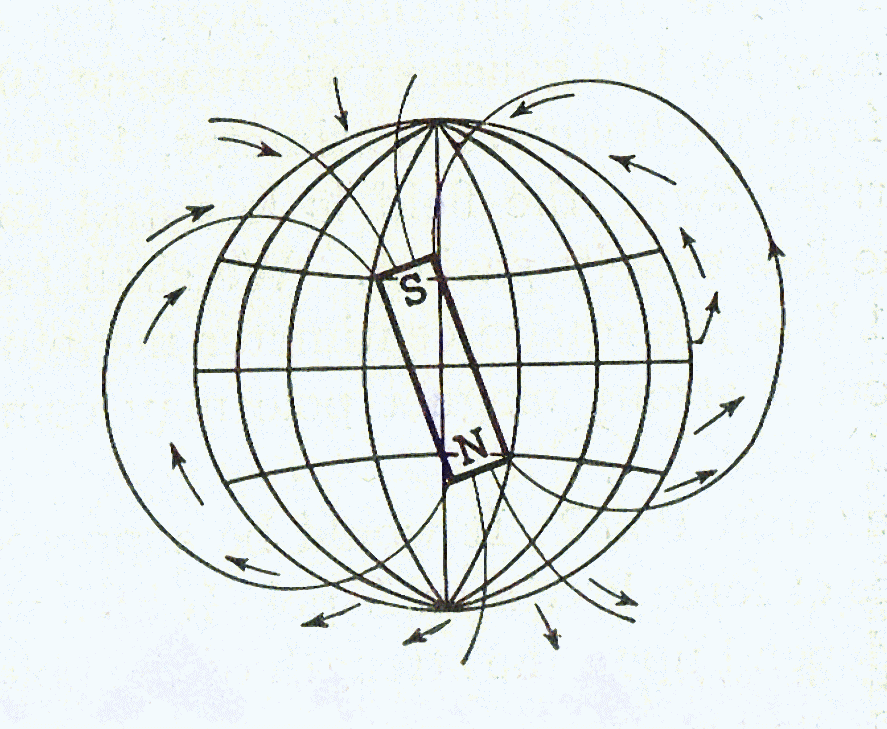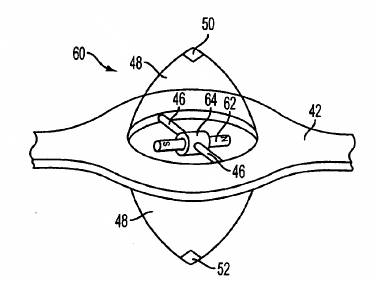Compass confusion.
 |
| Using a magnetic compass. From the Wikipedia. |
|---|
A Colorado outdoorsman vacationing in Australia wished to explore the outback on foot. He packed his gear, which included a fine magnetic compass passed down to him from his great great grandfather, who had been an explorer of the American West. The compass was an expensive one, made by the prestigious Tait Instrument Company of Philadelphia.
While hiking in the outback, he found that his compass wasn't functioning well at all. Its needle was sluggish, dragging on the base of the compass, so he was unwilling to trust it. Thanks to some helpful and savvy Aborigines, who never used compasses, he found his way back to civilization. He related his sad story to his Australian friends. They examined his compass and saw the finely engraved lettering "Tait's Compass" on the case. "We've seen this before when you blokes from the states bring along one of these old compasses. We have a saying 'He who has a Tait's is lost.'"
What was really the problem with the compass, and how might our intrepid explorer have overcome it?
Feedback is appreciated from readers. Email dsimanek@lhup.edu. If you have a favorite physics puzzle that is not well known, not easily found on the web, or in the many published physics problem books, send it along. Inclulde your answer, too if you have one. If used, we'll credit you. I especially like puzzles that can be solved with insightful and simple arguments, preferably with minimal mathematics.
Answer to the Compass Confusion Puzzle.
 |
| Magnetic field of the earth (idealized). Arrows show the direction a compass points. From Eldridge, John A. College Physics Third Ed. Wiley, 1947. |
|---|
You can compare the earth's near-dipole field to a short magnet with its south magnetic "pole" directed toward the north geographic pole of the earth. The magnetic pole of a compass needle is defined to be the "north-seeking" end, i.e., the end that "seeks" (points generally toward) the north geographic pole.
Small pocket compasses have a magnetic needle pointer balanced on a sharp pivot. In use, the compass case is held in a horizontal plane. In the northern hemisphere, the magnetic field dips downward toward the north (the dip angle), which would cause the north-pointing end of the needle to droop downward. To prevent this, compasses intended for use in the northern hemisphere have the south-pointing end of the needle weighted to balance it. If a north hemisphere compass is used in the southern hemisphere, the south pointing end of its needle would dip a lot more, since that is the weighted end and the field lines dip toward the south. The needle would likely drag on the base of the compass. Simple compasses for use in the southern hemisphere have the north-pointing end of the needle weighted to prevent this. Compass manufacturers customize them for five separate geographic zones.
Magnetic compasses used by explorers of the American West were weighted for use in North America. Today one can buy compasses with "global needles" that work equally well in both hemispheres. They have a double system, pivoting the magnets and the needle separately, but coupled. The tilt of the internal magnet doesn't tilt the needle. Since our explorer's compass was so old, it did not have this newer mechanism.
 |
| One design for a global compass. Magnet at 64, needle at 42. Jeweled bearings at 46, 50 and 52. From US patent 7,194,814 B2. |
|---|
Compasses for determining accurate direction with reference to maps are generally held horizontally, and some have devices for sighting landmarks on the horizon. Had our explorer been more savvy about physics he might have tried holding his compass inclined at an angle until the needle moved freely. Raising it slowly to horizontal, being careful not to rotate it about a vertical axis, he could read the compass bearings correctly. Whether this would work would depend on how the magnetic needle was suspended.
This question arises frequently on the web, often with misleading and wrong answers. People ask, "Will a magnetic compass I use in the USA also work in Australia?" One answer I've seen was "You need one with the needle magnetised the other way round, so it points south instead of north." This may have been a joke. It is true that near the magnetic poles simple magnetic compasses are less sensitive, because the horizontal component of the earth's field is weaker there. In Northern Canada and Southern Australia magnetic compasses perform poorly. But the north-pointing end points northward at mid latitudes in either hemisphere.
Return to Physics puzzles.
Return to the Donald Simanek's home page.